Smells like teen spirit: Why the 1990s were the best time for high school movies

With the release later this year of a TV reboot of Cruel Intentions, one of the problematic favourites of the late 1990s teen movie era, it harks back to a special moment in time in pop culture when young people ruled the screens.
The 1980s had John Hughes, Dirty Dancing and Heathers, but even that pioneering era of youth culture couldn’t imagine the onslaught of the 1990s.
When it came to teen stories, the final decade of the 20th century really put on a show, especially in the US. In the latter half of the 1990s, the trend was supercharged thanks to a convergence of TV and film culture, and propelled by the early days of internet fandom.
Sign up to The Nightly's newsletters.
Get the first look at the digital newspaper, curated daily stories and breaking headlines delivered to your inbox.
By continuing you agree to our Terms and Privacy Policy.Before the 1980s, young people, especially high schoolers, were rarely the centre of their own stories, shunted off as supporting characters in films about experiences not their own. There were exceptions such as American Graffiti, Grease, Splendour in the Grass and Rebel Without a Cause but they were rare.
The middle-class prosperity of the Ronald Reagan years in the US led to a recognition that teenagers were also consumers who wanted to spend money at the cinema watching stories about themselves, and maybe spend more of that cash at the shopping centres that housed the multiplexes.
Success begets success, and that’s incredibly true in Hollywood where studio executives are guided by the principle that if one rival had a good weekend at the box office, then they want to jump on that bandwagon.

That’s how trends are sustained, only if they’re still valuable — and teen movies had the added bonus of being cheap to make with little CGI or complex sets, and actors that didn’t cost as much as Julia Roberts or Denzel Washington. The returns were massive but they were reliable.
The teen films of the early 1990s were a hangover from the previous decade, such as Pump Up the Volume or Cry Baby, cashing in on the popularity of Christian Slater and Johnny Depp, respectively.
A few years later, you get the hang-out flicks such as Richard Linklater’s Dazed and Confused and Kevin Smith’s Mallrats, plus Empire Records. They were light on plot but heavy on quirky characters and smart dialogue. So far, teen movies weren’t outpacing any other genre.
But then three things happened.
The first is Clueless. Amy Heckerling’s clever adaptation of Jane Austen’s Emma into a comedy of manners set in modern day Beverly Hills about a rich high schooler with a talent for meddling went off. It made $US88 million at the global box office, from a budget of $US10 million, and stars out of Alicia Silverstone, Brittany Murphy and Paul Rudd.
It’s not just the money, it was the way Clueless penetrated the cultural zeitgeist and young people around the world sought to emulate Cher and her friends. Everyone was coining “Whatever!”, made fluffy pens from feathers bought from Lincraft and desperately searched for a mustard-coloured tartan skirt.
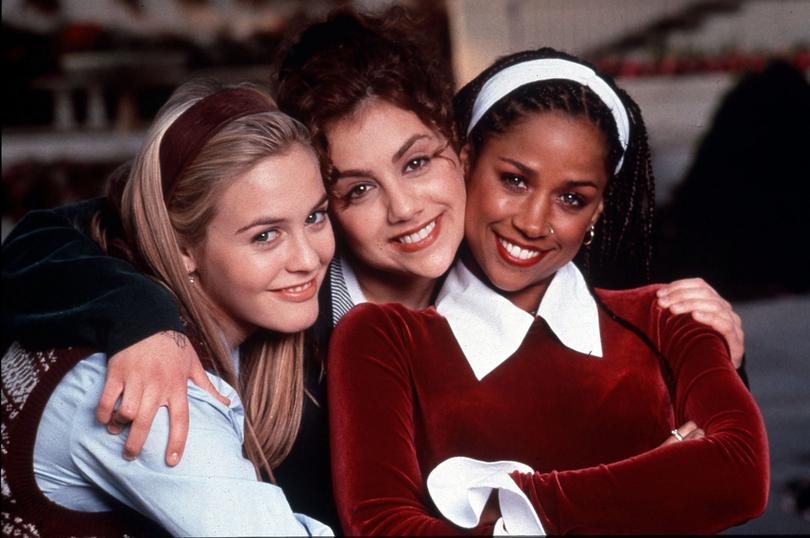
Clueless showed a smart movie with a strong sense of identity and style could not only speak to young and people sell them tickets, it could shift culture — which in turn, sold them a lot of ancillary products, including a TV spin-off that featured some of the film cast (but Silverstone, Murphy or Rudd) and ran for three seasons.
The second thing that happened was Scream. Wes Craven was already an established horror filmmaker with his 1970s and 1980s slashers such as The Hills Have Eyes and A Nightmare on Elm Street, and Scream kicked off a resurgence of a genre that had lain dormant.
The slasher movie always skewed young (and most of its characters would forever stay young, given the high body count) but Scream transcended the genre trappings by layering in a self-aware story that examined and called out the tropes.
Scream was a huge success, making $US173 million at the box office from a production budget of less than 10 per cent of its earnings. It cemented Neve Campbell’s star power and reignited Drew Barrymore’s career after that memorable opening sequence. Barrymore would go on to be in Never Been Kissed.
Six months earlier, Campbell was in another teen horror movie, The Craft, which also starred Robin Tunney, then best known for her role in Empire Records. The Craft was centred on four outcast teen girls who form their coven in part for revenge against the popular kids who tormented them.
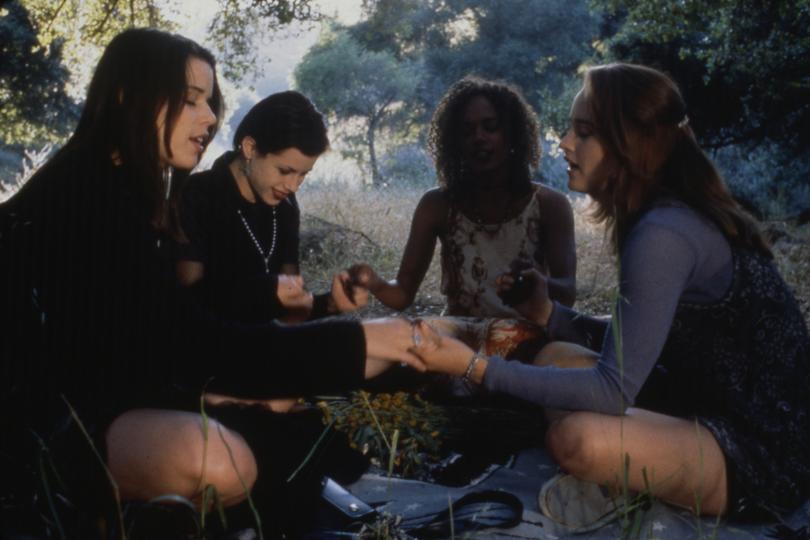
It also tapped into the existing goth subculture of the mid-1990s which moved elements of the occult into the mainstream – vamp lipstick, velvet fabrics and sun-and-stars design motifs could be bought at any Target store, even in Australia.
The phenomenon of Scream, and to a lesser extent The Craft, quickly rushed a Scream sequel into production, which would be in cinemas a year later.
Almost every studio wanted a piece of the action and over the next five years, the teen horror genre was bursting at the seams with The Faculty, Disturbing Behaviour, Teaching Mrs Tingle, Urban Legends, Idle Hands, Final Destination and I Know What You Did Last Summer.
Dimension, the studio behind Scream, even revived Halloween from the archives, releasing Halloween H20: 20 Years Later with a returning Jamie Lee Curtis leading a cast consisting of mostly the next generation of stars.
Which brings us to the third thing that happened, which was not on the big screen but on the small.
Teen TV shows exploded around this time in the US due primarily to two relatively new American broadcast channels, Fox and The WB. They were young and scrappy, and not beholden to the legacy of decades of programming for the mainstream.
Advertisers wanted to reach young audiences and they had them. From 1996 onwards, The WB commissioned and aired 7th Heaven, Buffy the Vampire Slayer, Charmed, Dawson’s Creek, Felicity, Angel and Roswell.
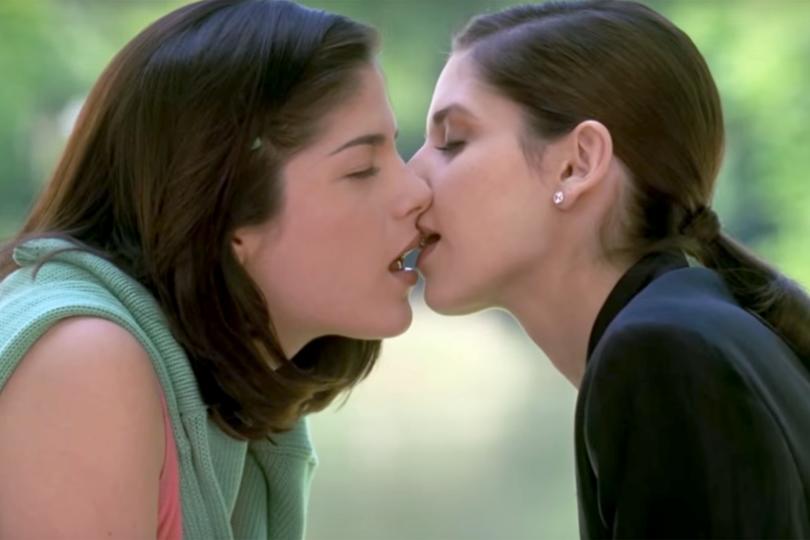
The stars of these shows, including Sarah Michelle Gellar, Joshua Jackson, Michelle Williams and Katie Holmes, were funnelled into these big screen projects. It was on Fox’s show Party of Five that Neve Campbell and Jennifer Love Hewitt broke into the conversation.
The young stars were on the cover of magazines and the subject of Entertainment Tonight packages, but they also developed fandoms online with early internet culture ballooning around this time. Geocities fan pages and forums were dedicated to teen screen idols.
And teens being particularly devoted fans, would follow their favourites everywhere, and, at that moment in time, they could follow them around to a lot of projects.
It became a relatively insulated ecosystem too. Gellar was in I Know What You Did Last Summer and Cruel Intentions, and had a cameo on She’s All That. Her future husband Freddie Prinze Jr was also in IKWYDLS and was the star of She’s All That. His She’s All That co-star Rachael Leigh Cook was also in The Hairy Bird.
Jackson did Cruel Intentions and Urban Legend while his Dawson’s Creek scene partners all got their own star vehicles (Halloween H20 and Dick for Williams, Teaching Mrs Tingle and Disturbing Behaviour for Holmes and Varsity Blues for James Van Der Beek).
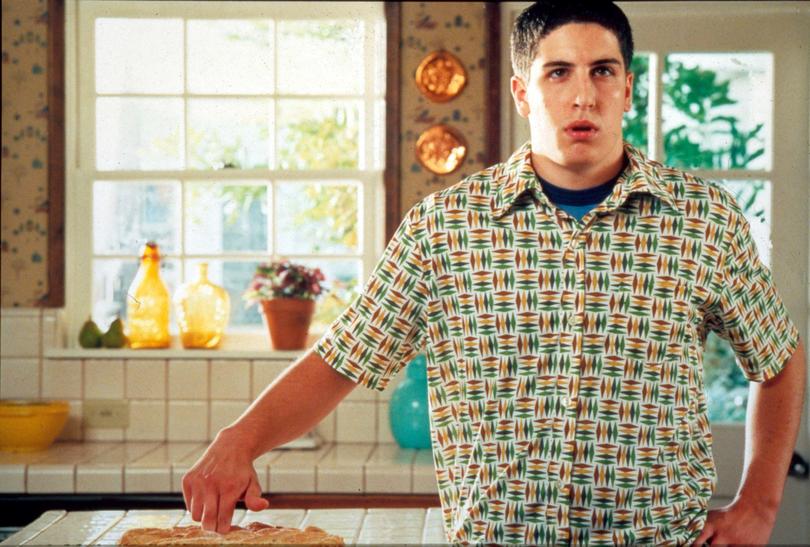
Gellar’s Buffy co-stars Alyson Hannigan (Dead Man on Campus, American Pie) and Seth Green (Idle Hands, Can’t Hardly Wait) didn’t miss out.
It wasn’t just TV stars either. This was the time that saw the rise of Reese Witherspoon (Pleasantville, Cruel Intentions, Election) and Josh Hartnett (Halloween H20, The Faculty). It was a two-degrees-of-separation game.
Before the decade closed out, it was as if there was a power surge before the social anxieties of the 2000s took over. That final year, 1999, had more than a dozen American teen movies released into cinemas, including 10 Things I Hate About You and Jawbreaker.
The advent of social media and streaming fractured screen culture, which is not necessarily a bad thing, and blockbusters and franchises took over the cinemas. The conditions for that frenzied late-1990s explosion in teen movies never happened again.
ROMEO + JULIET (1996)

Baz Luhrmann’s punchy update to William Shakespeare’s tragic love story starred Leonardo DiCaprio and Claire Danes. Swapping out the tights for printed shirts and swords for pistols and a lot of attitude, it was stylish and irreverent. It also highlighted what we should’ve always known about Romeo & Juliet — of course it’s a teen movie, only the hormones and heightened emotions of those years make sense for a love story this melodramatic.
Watch: Disney+
CLUELESS (1995)
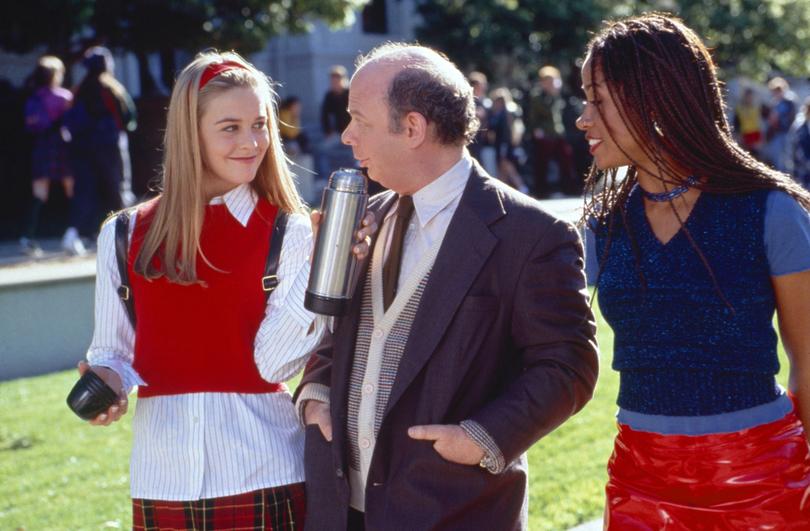
Amy Heckerling had already made one of the best eighties teen movies (Fast Times at Ridgemont High in 1982) so if anyone was going to be able to capture the giddiness of being young, hot and rich in 1995 Beverly Hills via Jane Austen’s Regency England, it was she. Cher wants to be a force for good and genuinely believes she’s out to improve the lives of others. She’s just a little bit clueless. Almost 30 years later, Clueless remains one of the best adaptations of all time and true delight on every rewatch.
Watch: Netflix, Binge
SCREAM (1996)
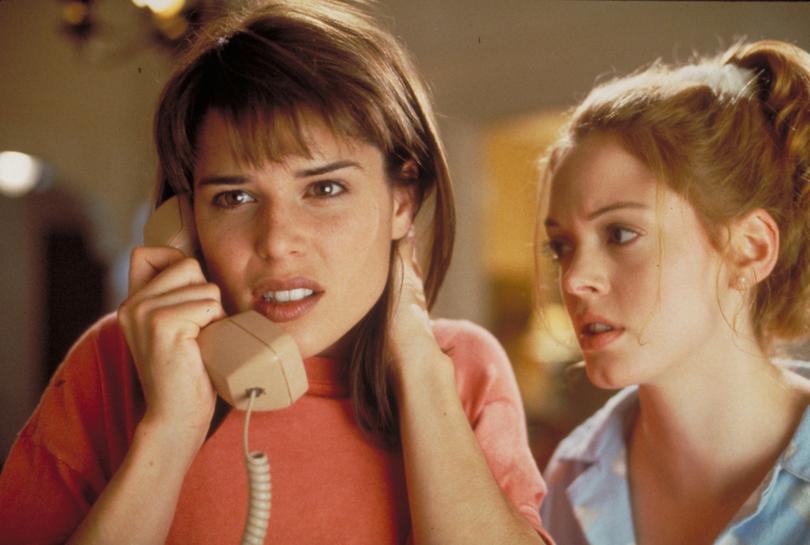
Do you like scary movies? From the get-go, Scream wasn’t just a slasher about a psychopath with an unexplainable bloodlust for the kill. Here, the villains aren’t just interested in slashing and dicing, although they like that too, but they want to challenge the entire genre. No final girl tropes here. The calls are a game with their prey and Scream is playing the same with the audience. It was funny and fresh, but also high-stakes.
Watch it: Netflix, Binge
CAN’T HARDLY WAIT (1998)
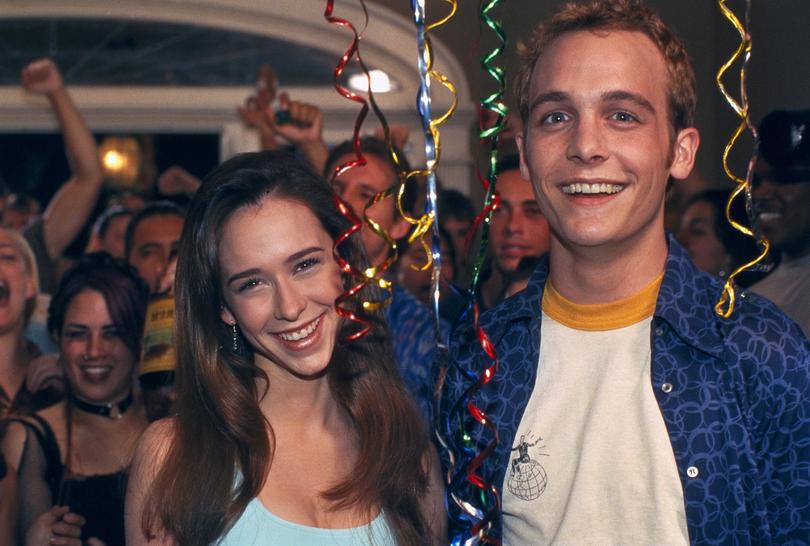
Can’t Hardly Wait may not immediately come to mind in the pantheon of the most memorable 1990s teen movies but there is a wholesome charm to this hang-out movie. It’s mostly set across one evening, the night of the graduation party and the core characters all have something to resolve before they can move onto post-high school loves. One of them is lovelorn, another wants to finally be cool. It’s sweet. There’s a killer cast and an even better soundtrack.
Watch: Digital rental
CRUEL INTENTIONS (1999)
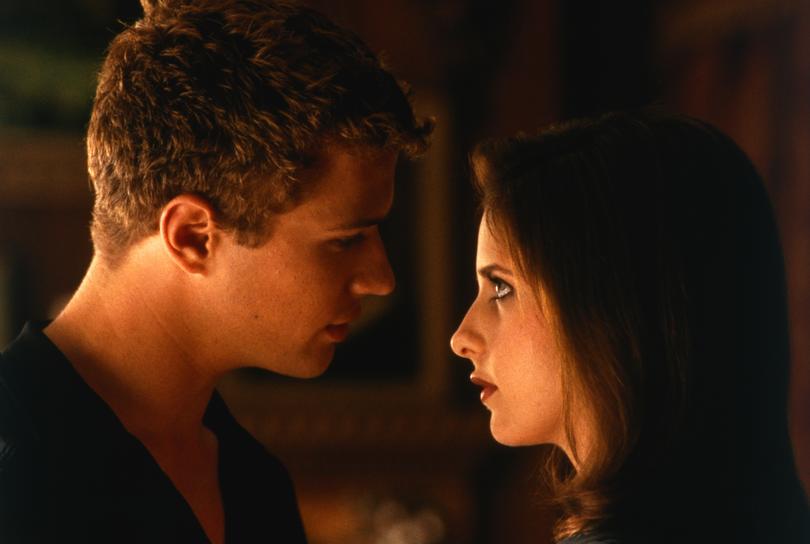
The heady psychosexual games of the French aristocracy translate surprisingly well to the privileged elite of Manhattan teens. In this update of Pierre Choderlos de Laclos’ 18th-century novel Les Liaisons Dangereuses, the challenge is between the cocaine-sniffing, promiscuous Kathryn and her debauched stepbrother Sebastian over whether he can corrupt the virginal Annette. It’s problematic for 2024 but very sexy to the point that it was rated MA15+ in Australia.
Watch: Prime Video
BUT I’M A CHEERLEADER (1999)

The downside to the relatively homogenous teen movie culture of the 1990s is that it was overwhelmingly white and straight, which makes But I’m a Cheerleader something of an outlier. The same year Natasha Lyonne starred in the semi-raunchy American Pie, she was also in this thoughtful LGBTQI film about a young woman who is sent by her parents to a gay conversion camp at which she discovers she is, indeed, a lesbian.
Watch: 7plus, Prime Video
ELECTION (1999)

There’s an argument that Election is not a pure-play teen movie only one that features teen characters and set in a high school. It cleverly uses the set-up of a school election for president to explore issues of power, ambition and exploitation and is a perfect microcosm for the issues that plague us on national and international levels. It’s also dead-set funny and, to date, still Witherspoon’s best performance, as the misunderstood Tracy Flick.
Watch: Paramount+

